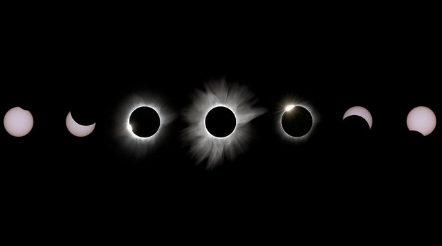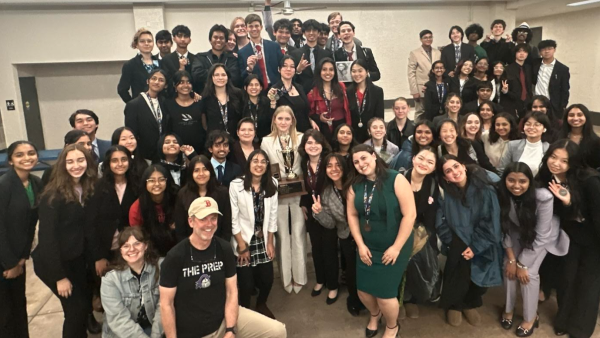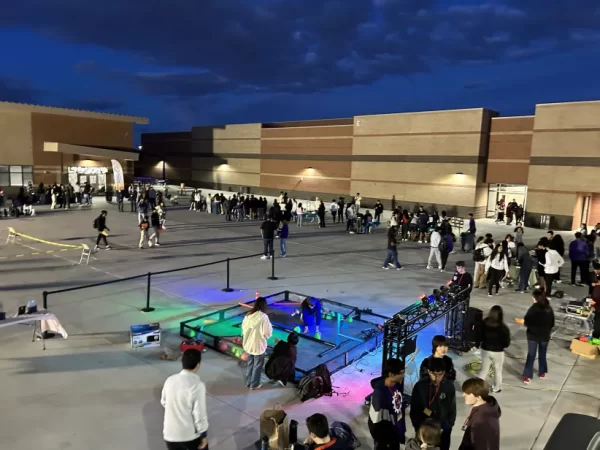The Solar Eclipse: What to Know

Image From NASA
On August 21, 2017, residents of Arizona, along with the rest of North America, will be able to witness the solar eclipse. The moon will situate itself between the Earth and the sun in such a way that it will be able either hide the giant star completely or just block part of it. [1] The last solar eclipse viewed by North America was in 1979, which makes the coming solar eclipse the first one to appear in 38 years. Unfortunately, Arizona will not be in the path of the total eclipse. The path of totality only stretches through states such as Oregon, Wyoming, Nebraska, Kansas, Missouri, Illinois, Idaho, Tennessee, South and North Carolina, and Georgia. [1]
As exciting as watching the eclipse may be, people who are planning to look directly at the eclipse must watch safely. Looking directly at the sun while the moon is not completely covering it will cause serious eye damage. When solar radiation makes direct contact with the retinas, the cells that make up the retina’s photoreceptors may become injured or completely destroyed. [2] The severeness of the damage caused by solar radiation will depend on how long the eyes have been looking at the sun.

Even if most of the sun is covered, any bit of sunlight can burn the retina in the back of the eyes. [2] Finding proper glasses to protect the eyes is extremely important. The eclipse glasses must be from an authorized manufacturer or dealers who are compliant with the ISO 12312-2 international safety standard. [3] The glasses must also be in mint, any scratches on the glasses will allow sunlight to slip through and burn the retinas. [3]
The importance of retrieving solar eclipse glasses from reputable manufacturers cannot be stressed enough. Just last week, Amazon had recalled thousand of solar eclipse glasses that were not purchased from a recommended manufacturer. [4] If you are planning on viewing the solar eclipse, do not do so without utilizing verified viewing equipment. In order to know if you possess an ISO-compliant filter, check the manufacturer of the pair of glasses or see if the glasses were accompanied by an ISO 12312-2 statement or an ISO logo. [3] Stay safe and enjoy the eclipse while it lasts! If you miss the eclipse, do not fret; the next solar spectacular will appear across North America once again in 2024! [5]
- https://eclipse2017.nasa.gov/eclipse-who-what-where-when-and-how
- https://www.scientificamerican.com/article/still-a-glaring-problem-how-a-solar-eclipse-can-fry-your-eyes/
- https://eclipse2017.nasa.gov/safety
- http://www.pbs.org/newshour/rundown/amazon-recalls-potentially-hazardous-solar-eclipse-glasses/
- https://www.timeanddate.com/eclipse/list.html









